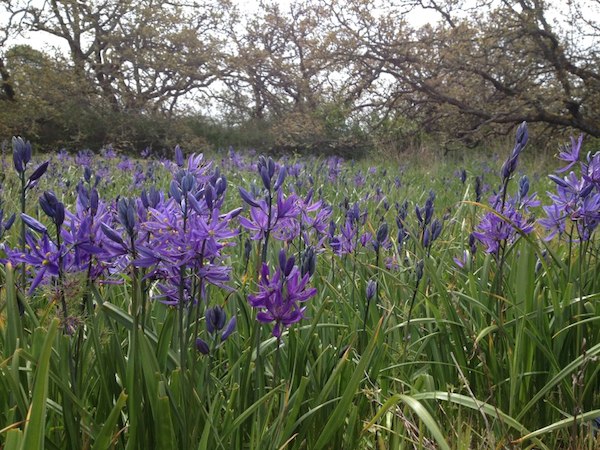When I think back to my Grade 11 Social Studies course (the final installment of required history and civic studies courses in BC high schools), the aspects of the curriculum I remember most highlighted Canada’s achievements on the world stage and at home over the past century. From this we learned how Canada developed into a bona fide nation during that time. Certainly, we also covered some embarrassments and mistakes— the internment of Japanese Canadians during WWII, the crushing of labour movements in the Prairies during the Great Depression, and the Oka crisis, to name a few. But overwhelmingly, the taste left behind by that course was refreshing: despite making mistakes, Canadians apologize and do better next time. And we bring our expertise in listening to every side of the story to world affairs, where for many years we excelled as peacekeepers and diplomats. But this is not exactly how our story is told to those outside Canada. Take this article from the Canadian magazine The Walrus for example. The author, Larry Krotz, visits a former Indian Residential School, now a museum, to gather material for a documentary, only to discover that the Al Jazeera media network has been there first, filming documentary footage for their series Inside Stories Americas. The administrator of the museum speaks to how even her and her brother, a former leader of the local Long Plain First Nation, felt conflicted about sharing their stories too extensively with Al Jazeera, claiming “[they] just want to criticize the Canadian government. And [my brother] doesn’t want to get in any trouble” (Krotz). Just what kind of trouble should he be afraid of today? This question is itself problematic within my Grade 11 story of modern Canada.
In J. Edward Chamberlin’s book If This is Your Land, Where are Your Stories, he suggests that the story of Canada’s First Nations after the arrival of Europeans is “something [Canada has] to offer the world” (228), more so than the picture of Canadians currently imagined by Canadians such as myself. To remediate some of the damage Canada has incurred upon its First Nations, Chamberlin offers a legal restoration project of sorts. He suggests that Canada change its land ownership system to restore underlying (Crown) title to aboriginal title. This means that the power underwriting the so-called “fee simple” land ownership individual Canadians hold would switch from the federal government to the aboriginal peoples of Canada. But, as Chamberlin states outright, such an act “would be a fiction,” and “[t]he facts of life would remain the same” (231) for Canadians after such a change. Its implementation would have very little impact on how we interact with land on a day-to-day basis, the idea of underlying title being a highly conceptual legal construct. So how, exactly, would this help change the narrative of colonization in Canada?
Chamberlin offers several reasons for implementing this change. Firstly, he acknowledges that First Nations, not surprisingly, believe “a story of underlying aboriginal title” (229), since Canada was their ancestral home before colonization. He also emphasizes the uniqueness of this story for each aboriginal group: just as different groups might have many unique creation stories, so too is their relationship with the land unique to within their group. According to Chamberlin, this multiplicity of land and creation stories is a rich resource for Canadians, who can benefit from the “contradict[ion of] the idea of exclusive ownership” (228) presented by a mosaic of underlying title patterned with the traditional homelands of First Nations. And finally, the recognition of First Nations stories as part of the pervasive, invisible underlay of our government and society will, in Chamberlin’s words, serve as “an example to other communities” (232) where violence has already erupted over issues of indigenous land rights. This is the type of gesture compatible with my Grade 11 version of Canada, and hopefully those outside of Canada would see it similarly.
On a practical level, the concept of switching to aboriginal underlying title in Canada is currently under discussion, at least for reserve lands. Federally, a proposal is underway to offer First Nations the option of switching these lands over to aboriginal underlying title, to the purported economic benefit of those who use this land. This proposal is warmly by many in the First Nations and academic communities, as it will allow individuals living on reserve to hold property as their own rather than simply living on it as Crown land, greatly increasing their economic power. Unquestionably, this would also develop the richness and diversity of Canada’s land stories.
Overall, Chamberlin offers a compelling suggestion for enriching Canada’s story of government and power. As it turns out, the concept of underlying aboriginal title might indeed benefit First Nations in a day-to-day fashion as well, demonstrating the strength of one type of legal fiction or story in Canada today.
Works Cited:
“Japanese Internment.” CBC Learning. Canadian Broadcasting Corporation, 2001. Web. 16 January 2014.
Struthers, James. “Great Depression.” The Canadian Encyclopedia. Historica Canada, 07 November 2013. Web. 16 January 2014.
“Standoff at Oka.” CBC Learning. Canadian Broadcasting Corporation, 2001. Web. 16 January 2014.
Krotz, Larry. “A Proper Schooling.” The Walrus May 2008. Web. 16 January 2014.
“Revisiting a dark chapter in Canada’s history.” Inside Stories Americas. Al Jazeera, February 2013. Web. 16 January 2014
Chamberlin, J. Edward. If This is Your Land, Where are Your Stories? Finding Common Ground. Toronto: Knopf, 2003. Print.
“First Nations Property Ownership.” First Nations Property Ownership Initiative. First Nations Tax Commission, 2012. Web. 16 January 2014.


